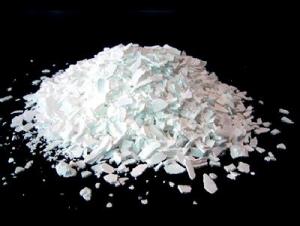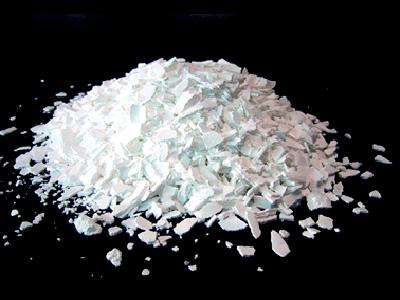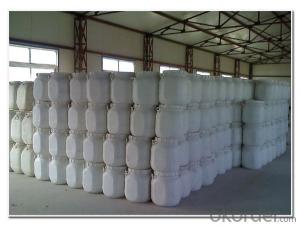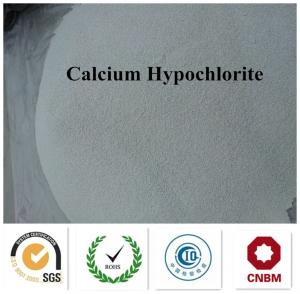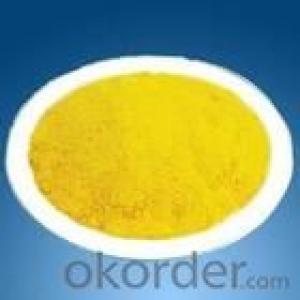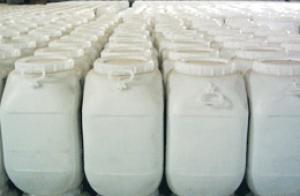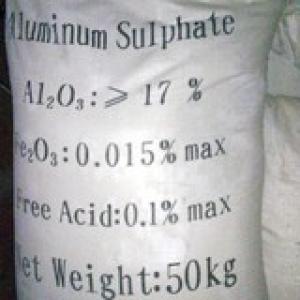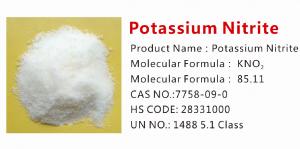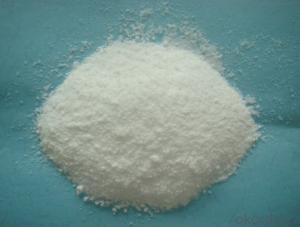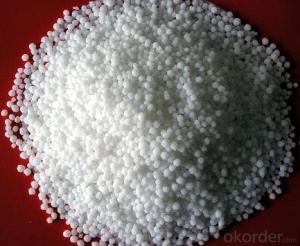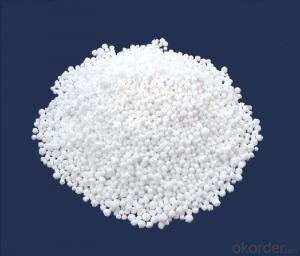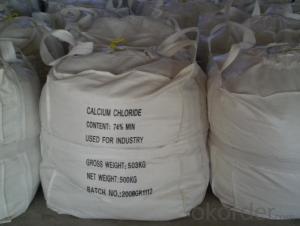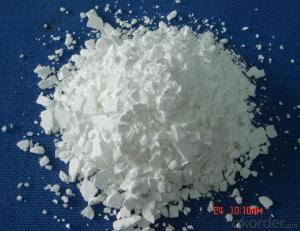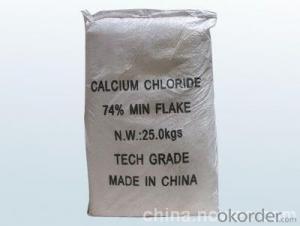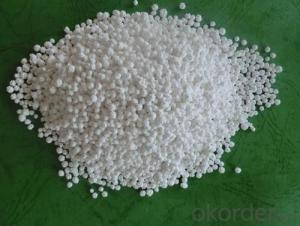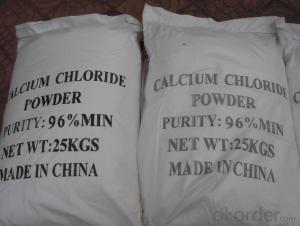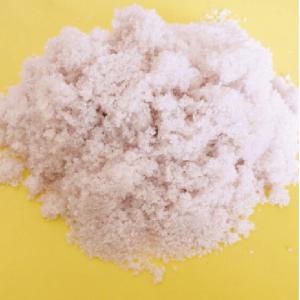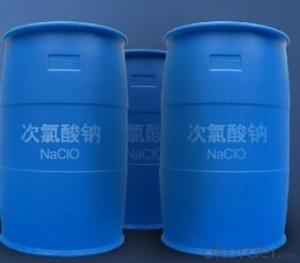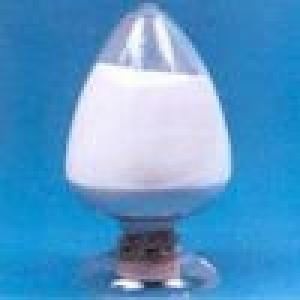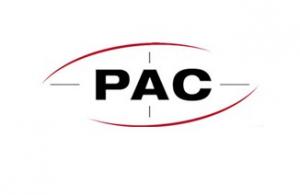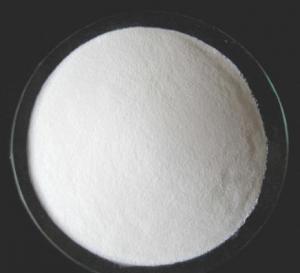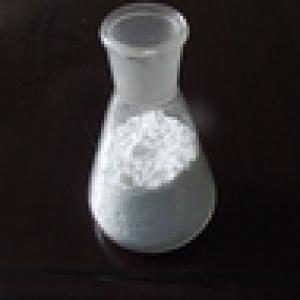Calcium Chloride Best Quality With Low Price
- Loading Port:
- Tianjin
- Payment Terms:
- TT OR LC
- Min Order Qty:
- -
- Supply Capability:
- 6000 m.t./month
OKorder Service Pledge
OKorder Financial Service
You Might Also Like
Calcium Chloride 74 % Flake
Most favorable price
Excellent and all round service
Strong and stable supply ability
I - General
1) Calcium Chloride :74%Min
2) White flakes
4) Direct manufacturer
5) CAS:10035-04-8
II - Tech Standard: HG/T 2327-2004
III - Application:
1) - Snow melting and de-icing in winter
2) - Dust controlling in road mantenance
3) - Anti-icing and accelerator for concrete
4) - De-inking in paper manufacturing
IV - Packaging: 25kg/bag in a PP woven bag with PE inner liner.or 1000kg/bag(Jumbo bag)
V - Delivery time: 20 days
VI - Production Capacity: 50mt per day
VII - advantage:
1) Most advanced equipment,
2) Good quality(white,not yellowing and little impurity),
3) Most competitive price,
4) Excellent and all-round service
- Q: I'm said that with the increase of temperature the inorganic salts will decrease. Will that be correct?
- Usually solubility will increase with increasing temperature but there are a significant number of exceptions which show the opposite.
- Q: What do we get from the milk?
- (3.00 grams), carbohydrates (3.40 grams), vitamin A (24.00 micrograms), thiamine (0.03 mg), riboflavin (0.14 mg), Nick Acid (0.10 mg), vitamin C (1.00 mg), vitamin E (0.21 mg), calcium (104.00 mg), phosphorus (73.00 mg), sodium (37.20 mg), magnesium (11.00 mg), iron (0.30 mg) Zinc (0.42 mg), selenium (1.94 micrograms), copper (0.02 mg), manganese (0.03 mg), potassium (109.00 mg), cholesterol (15.00 mg)
- Q: Chemical formula The longest inorganic salt
- Is this meaningful?
- Q: Why inorganic salt waterproof coating does not apply to roof waterproofing
- Inorganic salts waterproof coating to waterproof agent-based, and the roof may produce vibration or displacement, the general selection of waterproofing membrane and flexible waterproof coating.
- Q: How can experiments prove that there are inorganic salts in the leaves of plants
- The experimental leaves used to dry, crushed into powder or sintered ash, and then the analysis of mineral elements, we can learn.
- Q: citrate, What is the rationale for using a medium with this type of composition for the performance of the citrate utilization test?Thank you!
- as it has no other sources of nutrition, only citrate metabolizers will be able to grow and thrive on this medium. If your organism grows, you know it is a citrate metabolizer which helps to identify the bacteria.
- Q: I tried sodium and potassium carbonate and had little luck. Anyone know where to find the solubility data of inorganic salt in DMF?Thanks.
- Sodium and potassium carbonate WILL dissolve in DMF. The best way to dissolve them is to... a) dry the solid inorganic salt in an oven (> 100 degrees C) overnight. b) pulverize the powder and grind several minutes with mortal and pestle. c) sonicate the mixture for several minutes...
- Q: The lack of three major inorganic salts can cause symptoms in the plant
- Nitrogen: to promote cell division and growth, so that leaves grow lush. Lack of performance: plant thin and thin, leaves yellow, severe leaves were light brown.
- Q: Cells are composed of water and inorganic salts or by organic matter and none
- There are, but the water accounted for most of the inorganic salt to maintain cell acid and alkali balance;
- Q: What are the effects of water, inorganic salts, carbohydrates, proteins, fats and vitamins?
- The main physiological functions of water: 1. The main components of cells and body fluids. 2. To help the body digestion, absorption, circulation and excretion and other physiological effects. 3. Maintain and regulate body temperature. 4. Water is a lubricant for body, joints and muscles.
Send your message to us
Calcium Chloride Best Quality With Low Price
- Loading Port:
- Tianjin
- Payment Terms:
- TT OR LC
- Min Order Qty:
- -
- Supply Capability:
- 6000 m.t./month
OKorder Service Pledge
OKorder Financial Service
Similar products
Hot products
Hot Searches
Related keywords
